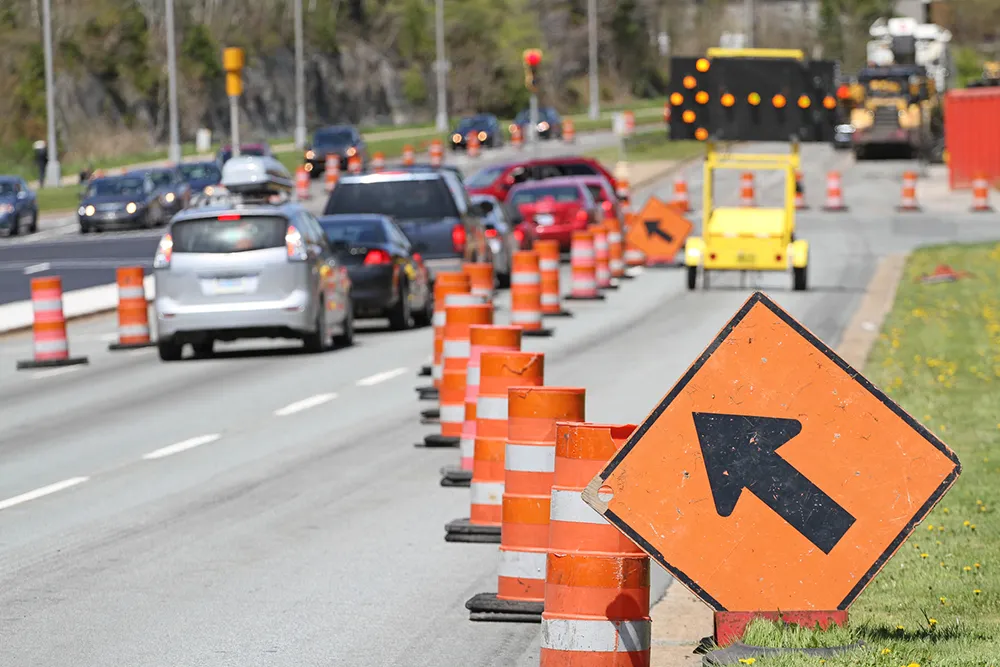Iteris has completed and published the Alameda County Transportation Commission (Alameda CTC) 2014 Level of Service Monitoring Report. The report was generated for speed-based congestion monitoring, utilising big data analytics in place of conventional in-field manual data collection for 205 miles of the 327 mile network. Use of big data analytics will be expanded in future monitoring cycles.
Many agencies conduct congestion monitoring through manual data collection efforts. Agencies traditionally us
November 26, 2014
Read time: 3 mins
Many agencies conduct congestion monitoring through manual data collection efforts. Agencies traditionally use floating car surveys to traverse a roadway with an on-board GPS device to record the travel time during peak hour conditions. The previous process for Alameda CTC required up to eight travel time surveys, which were conducted at significant cost and only yielded a sample size of eight. If unusually light or heavy traffic conditions were encountered from road incidents or inclement weather, the survey was repeated at additional cost. By using third party commercial traffic data sets the surveys are completed for a fraction of the cost and produce a sample size in the thousands.
Cost savings achieved through the use of commercial data allowed for the addition of performance monitoring on countywide HOV and express lanes, as well as three additional bridges between Alameda County and San Francisco.
Results of the report identified an increase in congestion in 2014 likely caused by the improving economy. The monitored freeway network considered to be congested rose from 13 per cent to 15 per cent between 2012 and 2014. However, significant improvements were observed on the freeway network near recently completed construction projects.
Saravana Suthanthira of Alameda CTC, project manager for this project, commented, “Iteris helped us achieve more comprehensive and robust monitoring results using commercial speed data as opposed to the previous floating car method. We envision this study as the beginning of an exciting shift to more advanced data collection and analysis processes for transportation system performance monitoring in Alameda County.”
Alan Clelland, senior vice president, Transportation Systems at Iteris noted: “In the coming years, we believe there will be a shift from biannual congestion monitoring to continuous real-time monitoring processes that are integrated into core agency business activities. Instead of a static report that is posted on an agency website, we anticipate interactive congestion monitoring with enhanced performance metrics, such as travel time reliability and enriched visualization. Better performance measurement fosters better decision making when selecting improvements to the transportation network.”









